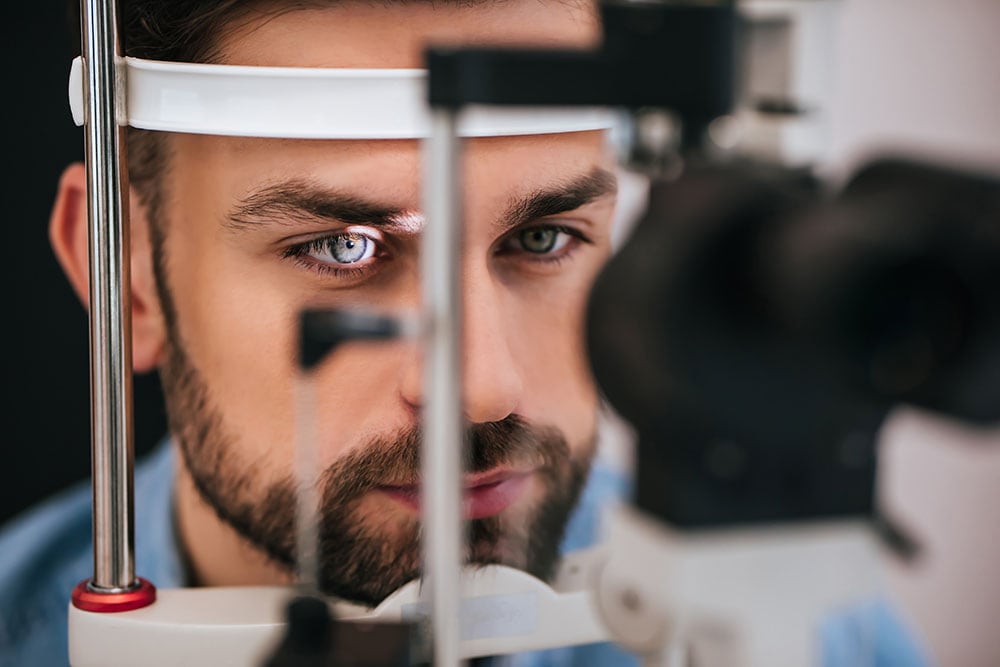Management of Other Eye Diseases
Our Orlando eye doctors have extensive experience helping patients manage chronic eye diseases like diabetic retinopathy, macular degeneration, and blepharospasm. While these conditions may not have a definitive cure, our experts are skilled in slowing disease progression and controlling symptoms to improve the overall quality of life for our patients. Drs. Garay and Franco are experts in diagnosing and treating these various diseases. Additionally, Dr. Garay has undergone advanced training in various treatment modalities, including laser procedures, injections, and surgical interventions.
Explore topics on this page
Diabetic Retinopathy
Diabetic retinopathy occurs when high blood sugar levels damage the blood vessels in the retina, the light-sensitive tissue at the back of the eye. Over time, this damage can lead to vision loss and even blindness if left untreated. There are two main types of diabetic retinopathy: non-proliferative and proliferative. Non-proliferative diabetic retinopathy is the early stage, characterized by the weakening and swelling of blood vessels. In proliferative diabetic retinopathy, new abnormal blood vessels grow on the surface of the retina, which can cause severe vision problems. Regular eye exams, effective blood sugar management, and timely treatment can help prevent or slow the progression of diabetic retinopathy and preserve vision.

“Doctor Leslie is awesome. She is so sweet and knows exactly what she is doing. God bless her always for helping my eye to be better. Thank you so much for everything, you are the best eye specialist”
Macular Degeneration
Macular degeneration, also known as age-related macular degeneration (AMD), is a progressive eye disease that affects the macula, a small but critical part of the retina responsible for central vision. It is the leading cause of vision loss among people over the age of 50. There are two types of AMD: dry and wet. Dry AMD occurs when the macula gradually thins and breaks down over time, leading to a loss of central vision. Wet AMD, although less common, involves the growth of abnormal blood vessels under the macula, which can leak fluid and cause rapid and severe vision loss. While there is currently no cure for AMD, early detection, lifestyle changes, and treatment options such as medications and laser therapy can help slow its progression and manage the symptoms, allowing individuals to maintain their quality of life and visual function.
Blepharospasm
Blepharospasm is a neurological disorder characterized by involuntary and repetitive contractions or spasms of the muscles surrounding the eyelids. These spasms can cause abnormal blinking or forced closure of the eyelids, leading to significant discomfort and visual disturbances. The condition can range from mild to severe, affecting one or both eyes. While there is no known cure for blepharospasm, treatments such as botulinum toxin injections, oral medications, and surgical interventions can help manage the symptoms and improve quality of life for affected individuals by reducing the severity and frequency of eyelid spasms.
To learn more about managing chronic eye conditions, contact our office to schedule a consultation.